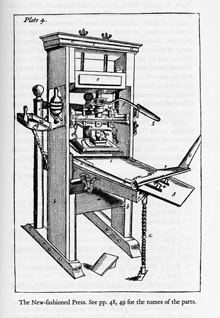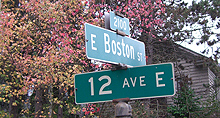In the issue of The New Yorker that arrived in today’s mail, there’s an essay on Benjamin Franklin by Harvard history professor Jill Lepore, titled: “The creed: what Poor Richard cost Benjamin Franklin.” It’s a fascinating article, if only because Franklin himself is endlessly fascinating; Lepore can’t begin to encompass his breadth in this short piece, but that’s part of her point. She strews aphorisms from Poor Richard’s Almanac through the article, as a commentary and as a way to attempt to integrate the image that Franklin gained through the Almanac and the infinitely more cosmopolitan man that Franklin was himself. One point she doesn’t make, but that was obvious to me as I read, is that Franklin echoed the ancient Greeks, in the dysjunction between their mottoes and aphorisms and advice to themselves, and the flagrantly disreputable and unreliable way in which they actually behaved.
But there’s a wrong note at the beginning of Lepore’s essay. She starts right out by describing how Franklin left Philadelphia in April of 1757 to get to New York, intending to take ship there for London. “But one delay piled upon another, like so much ragged paper jamming a printing press, and he found himself stuck for more than two months.” Frustrating for a man so intent on getting things done.
But wait – paper jamming a printing press? What kind of press would that be? It’s quite clear that Lepore’s simile is based on a modern, mechanized printing press, where paper is fed automatically into the machine; if a sheet jams, the paper behind it can pile up until the press is shut off. But the printing press in Benjamin Franklin’s time wasn’t mechanized at all; it was a hand-operated press. Each sheet was laid down individually by hand. In fact, the “Franklin press” that has inspired so many printshop names over two hundred years (including the shop in Seattle where I first learned to be a typesetter, albeit in a far different technology from the one Franklin learned) was incapable of producing what Lepore is imagining. The very first image in her essay is an anachronism.





